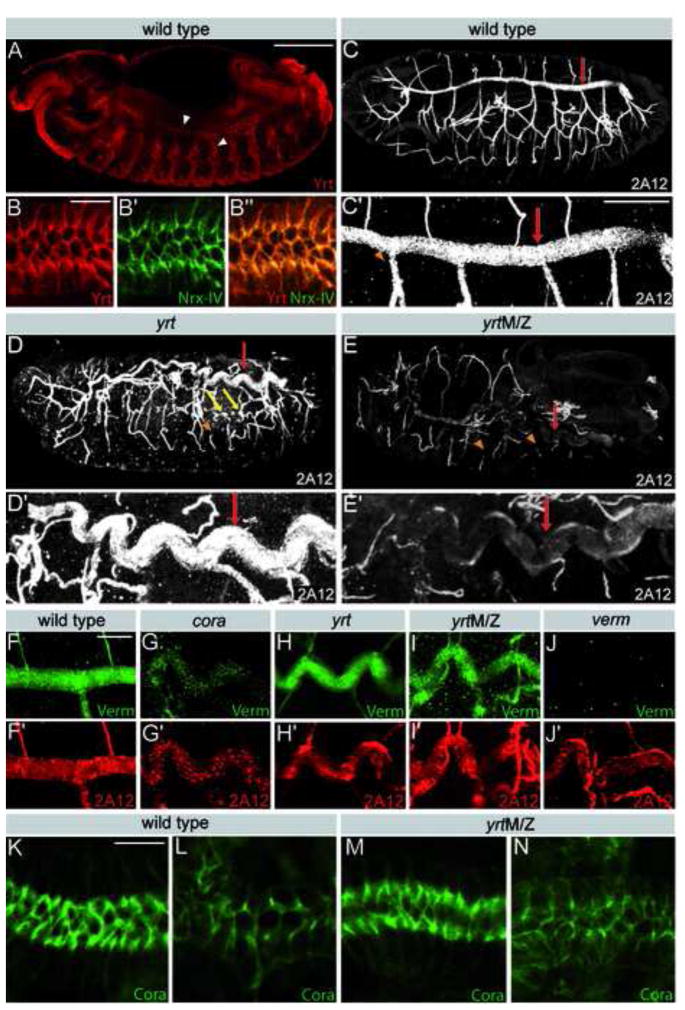Figure 1. Yrt is required for epithelial tube size regulation, but not luminal secretion.
A) Stage 14 embryo stained for Yrt (red), which is expressed in the tracheal system (arrowheads). B) Yrt (red) is enriched in the upper region of the lateral membrane of tracheal cells and co-localizes with the SJ marker Nrx-IV (green). C–E) Stage 16 wild-type (C), yrt (D) or yrtM/Z (E) embryos stained with the tracheal luminal antigen 2A12 show the tracheal tree (upper panels) or a close up of a dorsal trunk of the same embryo (lower panels). Loss of Yrt causes an elongation of dorsal trunks (red arrows), results in diameter irregularities in small tracheal branches (yellow arrows) and is associated with discontinuous 2A12 staining (arrowheads). F–J) Portion of a dorsal trunk co-stained for Verm (green) and 2A12 (red) in stage 16 wild type embryo (F) or cora (G), yrt (H), yrtM/Z (I) and verm (J) mutant embryos. Note that loss of yrt does not interfere with Verm or 2A12 secretion. K,L) Staining of Cora in the salivary gland (K) and dorsal trunk (L) of a stage 16 wild-type embryo. M,N) Staining of Cora in the salivary gland (M) and dorsal trunk (N) of a stage 16 yrtM/Z mutant embryo. Cora distribution is normal in the absence of Yrt. Scale bars: A,C,D,E, 100 μm; C′-E′, 30 μm; B, F–N, 10 μm.

